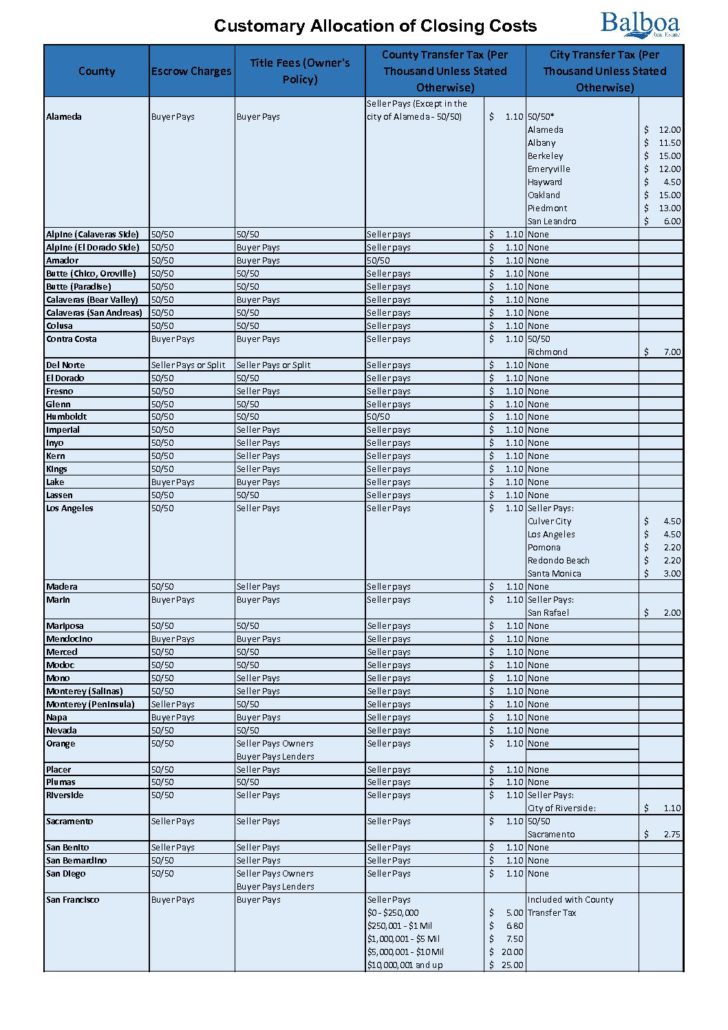Which 100% Commission Real Estate Company Pays the Fastest?
At Balboa Real Estate, if your file is complete at closing or you use our in-house transaction coordinator then you can be paid directly from escrow at closing. Otherwise, escrow sends a commission check or wire to the office. In the many years that I have managed Balboa, I know that agents like to be paid as soon as possible. If we get agents their commission fast, then they appreciate it. Maybe some don’t notice when it comes fast. However, every agent notices when it comes slow.
Many companies send checks slowly as a matter of convenience. For example, it’s easier to go online and have your bank issue the check for the brokerage. It saves the headache of printing a check, signing, stamping and mailing. The drawback is it can take days, often over a week. This does not make agents happy. In contrast, when we receive a check it’s a hot potato that needs to be accounted for and then issued to the agent as fast as possible. Cutting checks is our top priorty for our interal operations.
Have you ever had someone tell you they were putting a check in the mail and then it still takes days to arrive? This is the type of situation when someone walks out to the office park mailbox, after mail has been picked up for the day, then takes credit for mailing it that day. Meanwhile the check sits in there until the next pickup. At Balboa Real Estate we calculate the pickup and delivery times. This often means making trips to the local post office because the office mail has been picked up and we want the mail to go out that same day. In urgent scenarios, we make trips to the post office so that we can get a commission check out by the noon pickup. Despite having nearly 200 agents on the team, we operate at the same capacity as a small shop with a few agents – considerate and speedy service for agents.
To find our more about our 100% commission real estate program, please CLICK HERE






